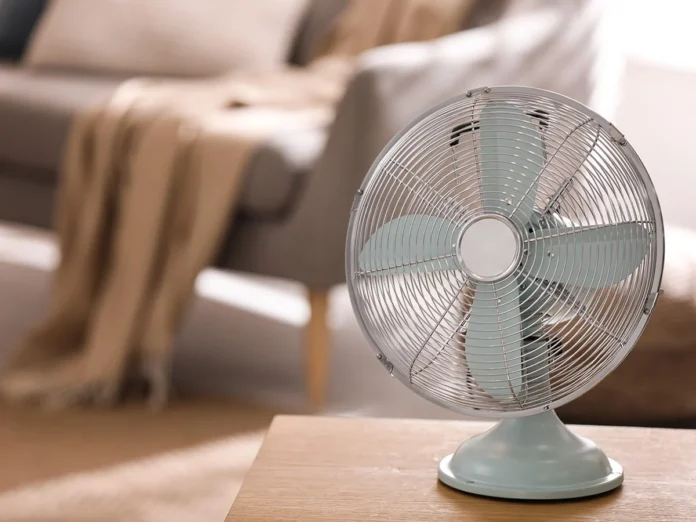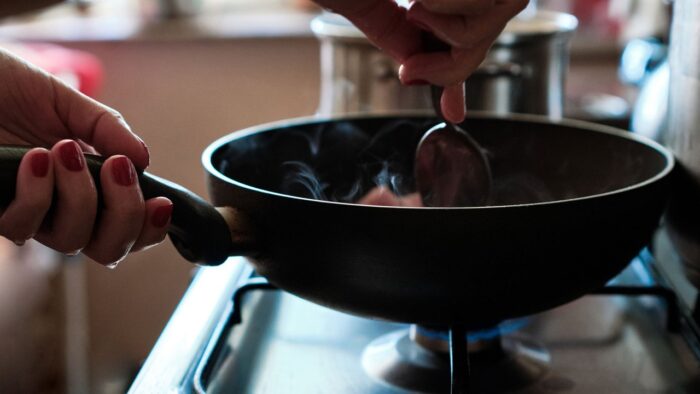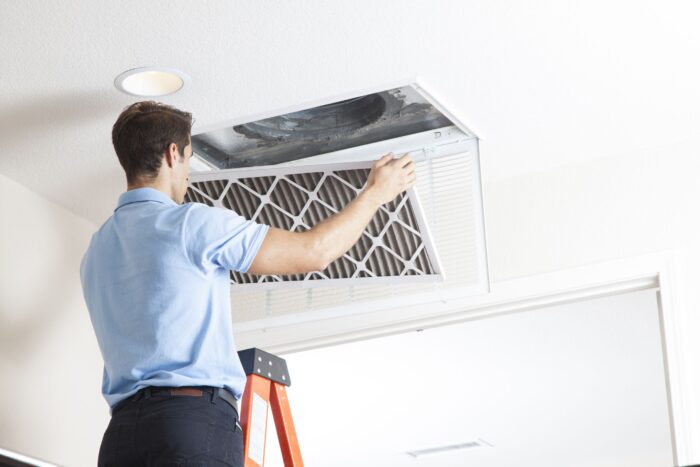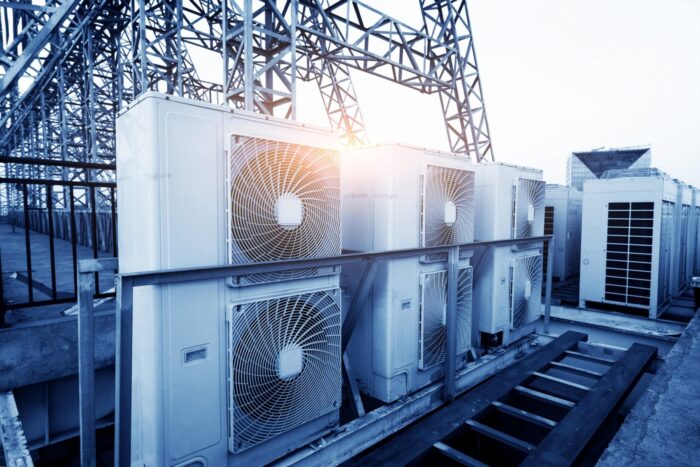
If the temperatures of a hot summer day create discomfort in your home and your utility bill is skyrocketing due to its inability to combat the heat, the fall is a great time to evaluate your options before you spend another season baking in your own home. Before you move on to winter and the possibility of heating repair, let’s look at what you can do to solve future heating and cooling woes.
The best thing you can do is evaluate your HVAC system to determine what you can do to correct the problem. With that in mind, let’s take a look at some changes that can prevent the situation and determine which ones might be of value to you.
1. Block out the sun
If your house is light on shade, you may have excessive sun bearing down through your window panes. Close all of the curtains and blinds in your home during daylight hours to prevent the rays from warming up your home unnecessarily. If you have sheer or unadorned windows, consider adding coverings to block out the heat. It is best to have curtains that are white on the exterior side, as white reflects the sun away better than darker colors. Solar sunscreens and window films are other options that can reduce inbound heat.
2. Invest in cool light options
Incandescent bulbs are less expensive than many other types of light bulbs, but they use more energy and produce a lot more heat. Switching to CFLs and LEDs will reduce the heat emitted and save money on your energy bill. Though they cost more, they will pay for themselves with energy savings and longer lifespans. If you also turn off your lights when not in use or invest in smart home options that do so for you, you’ll save even more and reduce the heat in your home.
3. Change the way you cook

You can reduce sources of indoor heat by making some changes in the way you prepare your meals. Cold meals such as sandwiches, vegetable trays, and salads eliminate added heat. Grilling outdoors is also a great way to keep heat out of the house. If you must cook indoors, try utilizing the microwave, pressure cookers, crockpots, or air fryers more often. If you must cook on the stove, use a range hood to vent the hot air outward.
4. Unplug electronics not in use
Televisions, computers, game consoles, and other electronics put off a lot more heat than it may seem like when you are near them. If you have electronics that are not in use, turn them off or even better, unplug them entirely. You can simplify this by plugging items used with one another into a single surge protector or power cord with a switch and using that to turn them all off at once.
5. Lock your doors and windows
Not only is this a good safety precaution, but it can also help these openings in our home to close more tightly, preventing cool air from escaping. Weatherstripping is also a great way to seal up any leaks. Keep windows and doors closed and locked as much as possible to keep your cool air inside. Ideally, replacing your windows and doors if they aren’t properly keeping the heat out and the cool air in is the best option, but taking what measures you can if you can’t afford to do so is the next best option.
6. Make best use of fans
Ceiling fans and portable fans are great for cooling you off and moving air about the house while using considerably less energy than an air conditioner, but neither actually cools a room so there is no need to leave them on when you are not present unless using them in tandem with your air conditioning. When doing the latter, run your fans in a counterclockwise direction to aid your AC unit in cooling through evaporation. By doing this, you can set your AC at a higher temperature and let the more energy-efficient fans do some of the work for it.
7. Change your AC filters

In the height of the summer months, your AC system does a lot of work. The filter can become clogged with dirt and debris. Changing the filter monthly will keep air flowing freely and prevent your system from overworking itself while being less effective and more costly to run.
8. Wash and dry clothes more efficiently
Washing clothes in cold water and drying them on a clothesline will eliminate the heat put out by washing them in hot water and then heat drying. If you must use the dryer, consider a shorter drying time or drying on the cool setting. Whenever possible, put these chores off until the evening hours instead of the daytime. The heat and humidity produced by the appliances will be less of a problem in the cooler times after sunset.
9. Reduce hot water usage
Adjusting the temperature setting on your water heater will produce less heat and save energy. Minimize hot showers whenever possible by showering in cooler water or shortening the length of your hot shower. Run your bathroom exhaust fan for at least 20 minutes after a hot shower to help remove the heat and humidity created by the hot water used during showers.
10. Design for comfort

While it might take a while to reap the benefits, taking measures when planning your home environment can greatly reduce the heat of summer. For instance, planting trees to shade the south and west sides of your home can reduce the heat coming in through windows in the years to come. For quicker results, you can install insulated glass, storm windows, or awnings to shade windows. Extra insulation in the attic and light-colored shingles or roofing can also help.
While these tips may come in handy for helping your HVAC system work better for you, they are not the only ways that you can help beat the indoor heat. If you’ve made as many changes as you can and are still having trouble with your cooling needs, it might be time to seek out a professional for a home energy audit or HVAC upgrade to solve a greater problem.
















